Rocket Lab USA Inc. successfully re-flew one of its Rutherford rocket engines during an orbital launch on Wednesday, a key step in the small satellite-launch company’s efforts to prove its reusable rocket technology.
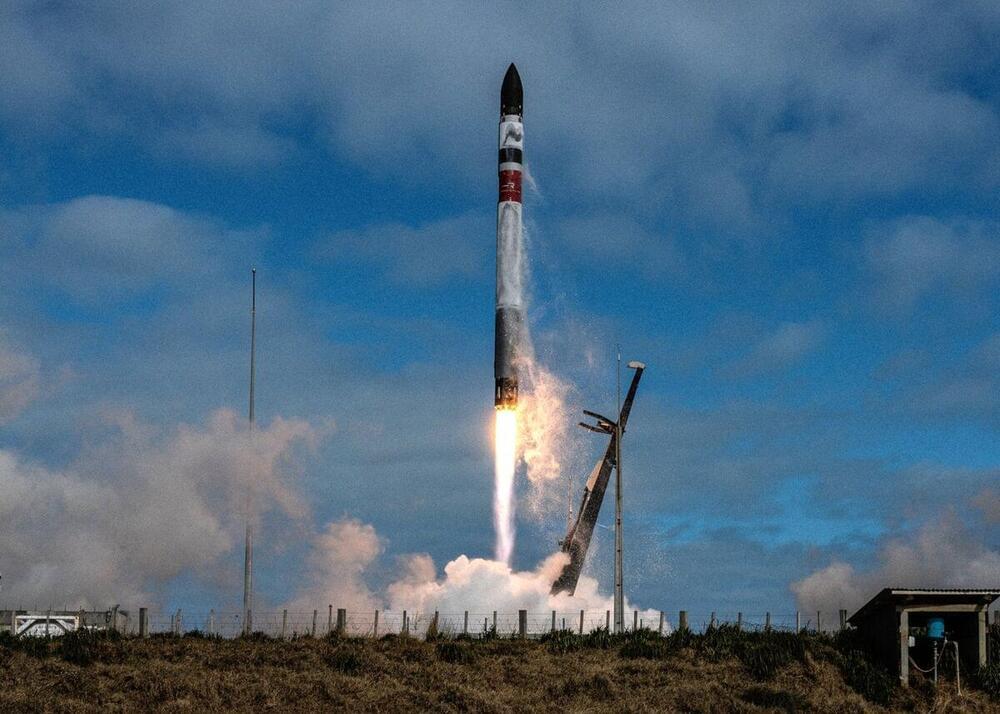

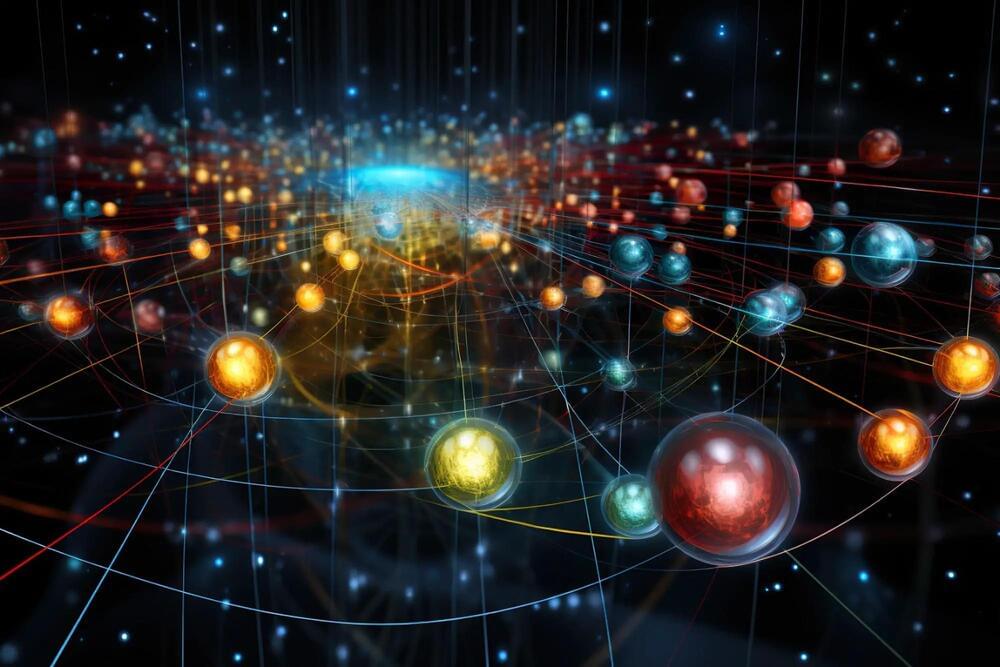
How does a gambler maximize winnings from a row of slot machines? This question inspired the “multi-armed bandit problem,” a common task in reinforcement learning in which “agents” make choices to earn rewards. Recently, an international team of researchers, led by Hiroaki Shinkawa from the University of Tokyo, introduced an advanced photonic reinforcement learning method that transitions from the static bandit problem to a more intricate dynamic setting. Their findings were recently published in the journal, Intelligent Computing.
The success of the scheme relies on both a photonic system to enhance the learning quality and a supporting algorithm. Looking at a “potential photonic implementation,” the authors developed a modified bandit Q-learning algorithm and validated its effectiveness through numerical simulations. They also tested their algorithm with a parallel architecture, where multiple agents operate at the same time, and found that the key to accelerating the parallel learning process is to avoid conflicting decisions by taking advantage of the quantum interference of photons.
Although using the quantum interference of photons is not new in this field, the authors believe this study is “the first to connect the notion of photonic cooperative decision-making with Q-learning and apply it to a dynamic environment.” Reinforcement learning problems are generally set in a dynamic environment that changes with the agents’ actions and are thus more complex than the static environment in a bandit problem.
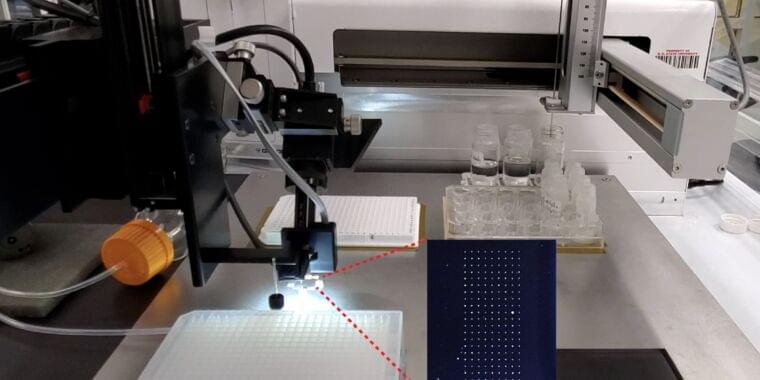
Earlier this year, two-layer solar cells broke records with 33 percent efficiency. The cells are made of a combination of silicon and a material called a perovskite. However, these tandem solar cells are still far from the theoretical limit of around 45 percent efficiency, and they degrade quickly under sun exposure, making their usefulness limited.
The process of improving tandem solar cells involves the search for the perfect materials to layer on top of each other, with each capturing some of the sunlight the other is missing. One potential material for this is perovskites, which are defined by their peculiar rhombus-in-a-cube crystal structure. This structure can be adopted by many chemicals in a variety of proportions. To make a good candidate for tandem solar cells, the combination of chemicals needs to have the right bandgap—the property responsible for absorbing the right part of the sun’s spectrum—be stable at normal temperatures, and, most challengingly, not degrade under illumination.
The number of possible perovskite materials is vast, and predicting the properties that a given chemical composition will have is very difficult. Trying all the possibilities out in the lab is prohibitively costly and time-consuming. To accelerate the search for the ideal perovskite, researchers at North Carolina State University decided to enlist the help of robots.
Tech executives, researchers and government officials are gathering in Seattle this week to figure out ways to add a new dimension to America’s chip industry — figuratively and literally.
“We’re going to talk about a once-in-a-lifetime opportunity to reinvent domestic microelectronics manufacturing,” Mark Rosker, director of the Defense Advanced Research Projects Agency’s Microsystems Technology Office, said today at the opening session of the ERI 2.0 Summit at the Hyatt Regency Seattle.
More than 1,300 attendees signed up for the DARPA event, which follows up on a series of Electronics Resurgence Initiative Summits that were conducted before the COVID-19 pandemic.


Human Brain Project researchers from Forschungszentrum Jülich and the University of Cologne (Germany) have uncovered how neuron densities are distributed across and within cortical areas in the mammalian brain. They have unveiled a fundamental organizational principle of cortical cytoarchitecture: the ubiquitous lognormal distribution of neuron densities.
Numbers of neurons and their spatial arrangement play a crucial role in shaping the brain’s structure and function. Yet, despite the wealth of available cytoarchitectonic data, the statistical distributions of neuron densities remain largely undescribed. The new Human Brain Project (HBP) study, published in the journal Cerebral Cortex, advances our understanding of the organization of mammalian brains.
Analyzing the datasets and the lognormal distribution.
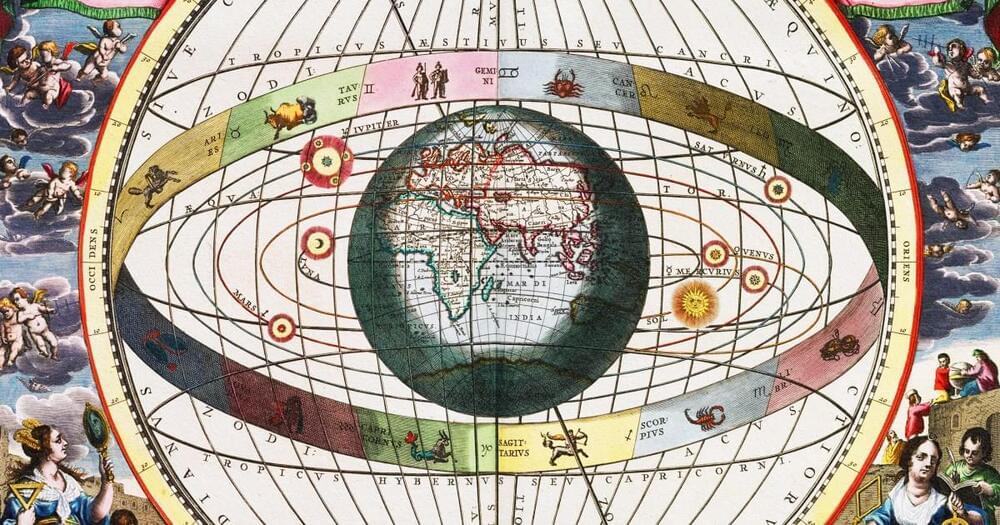
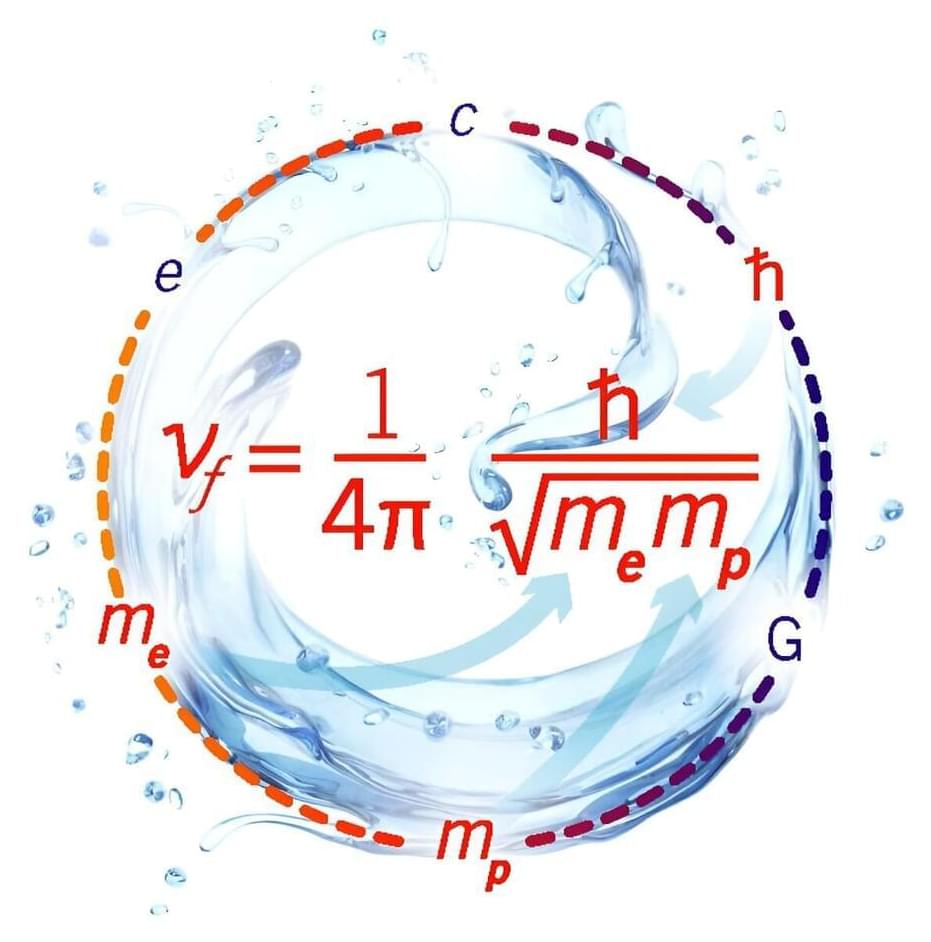
Researchers from Queen Mary University of London have made a discovery that could change our understanding of the universe. In their study published in Science Advances, they reveal, for the first time, that there is a range in which fundamental constants can vary, allowing for the viscosity needed for life processes to occur within and between living cells. This is an important piece of the puzzle in determining where these constants come from and how they impact life as we know it.
In 2020, the same team found that the viscosity of liquids is determined by fundamental physical constants, setting a limit on how runny a liquid can be. Now this result is taken into the realm of life sciences.
Fundamental physical constants shape the fabric of the universe we live in. Physical constants are quantities with a value that is generally believed to be both universal in nature and to remain unchanged over time—for example the mass of the electron. They govern nuclear reactions and can lead to the formation of molecular structures essential to life, but their origin is unknown. This research might bring scientists one step closer to determining where these constants come from.
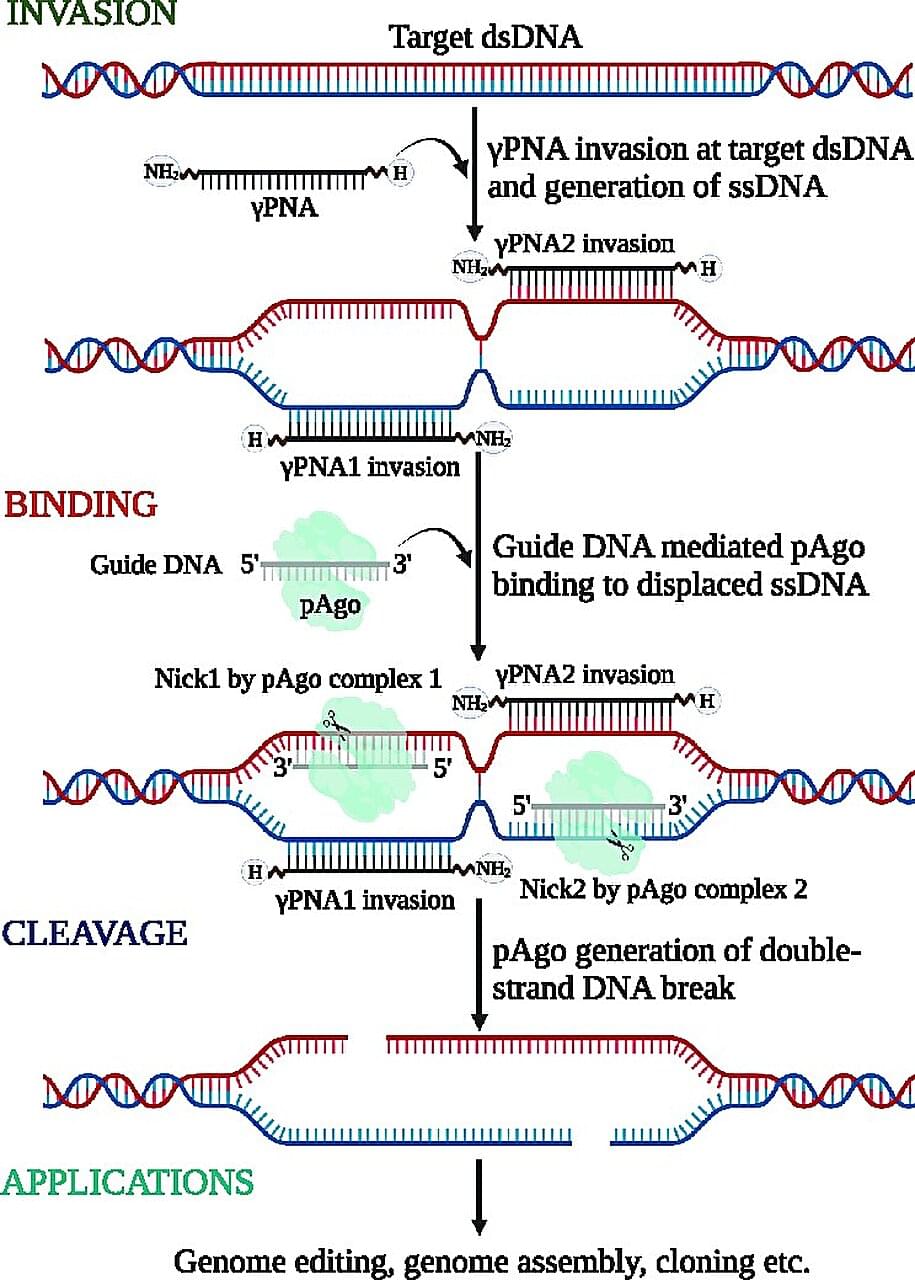
PNP editing is emerging as a versatile and programmable tool for site-specific DNA manipulations. An innovative genome-editing technique could enhance the delivery, specificity and targeting of gene-modifying tools for treatments.
The KAUST-developed method combines two molecular technologies: a synthetic family of DNA-like molecules known as peptide nucleic acids (PNAs), and a class of DNA-cutting enzymes known as prokaryotic Argonautes (pAgos).
The PNAs first unzip and slip inside the DNA helix. The pAgos, guided by short fragments of genetic material, then bind the loosened helix at specific target sequences and nick each opposing strand of DNA.
